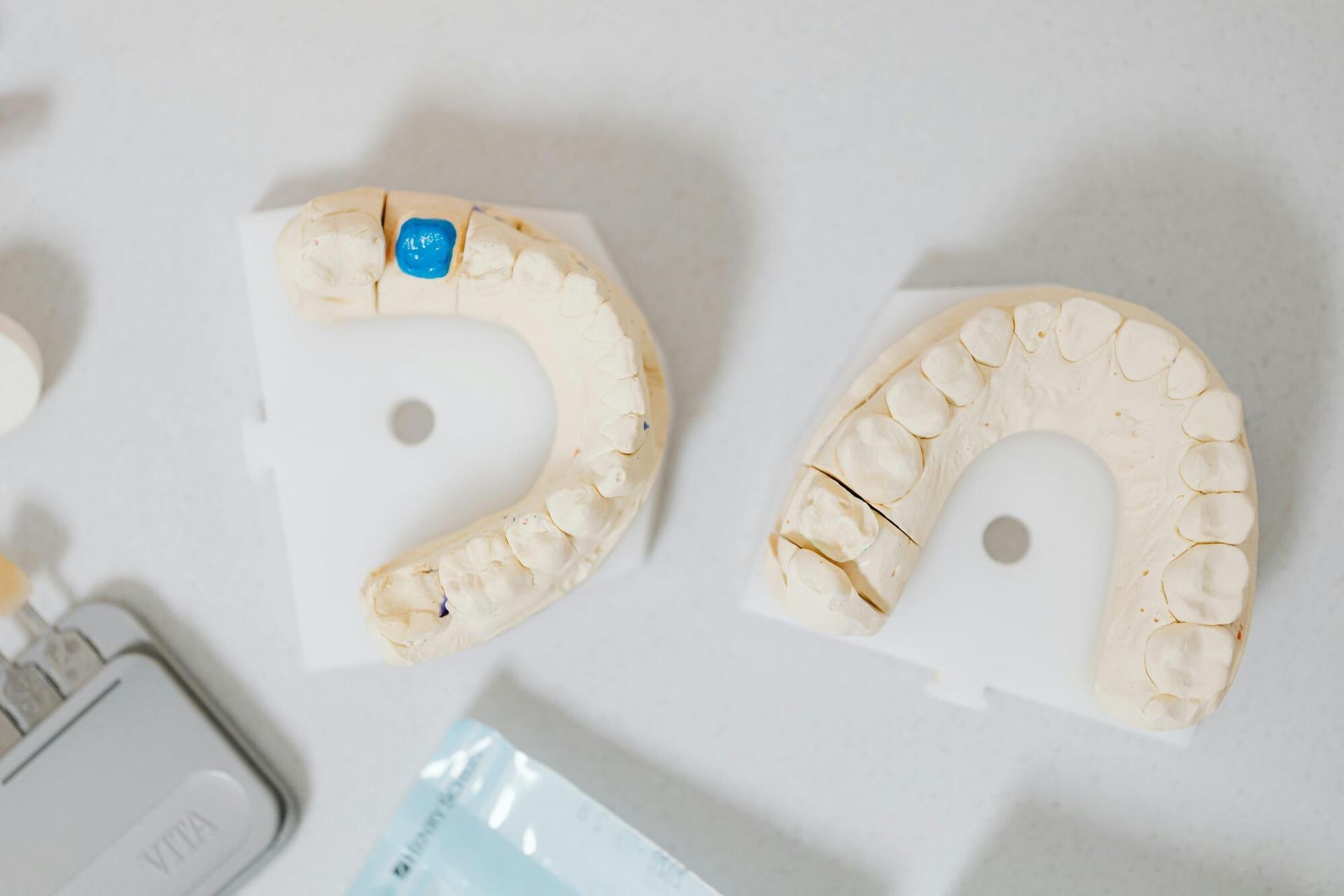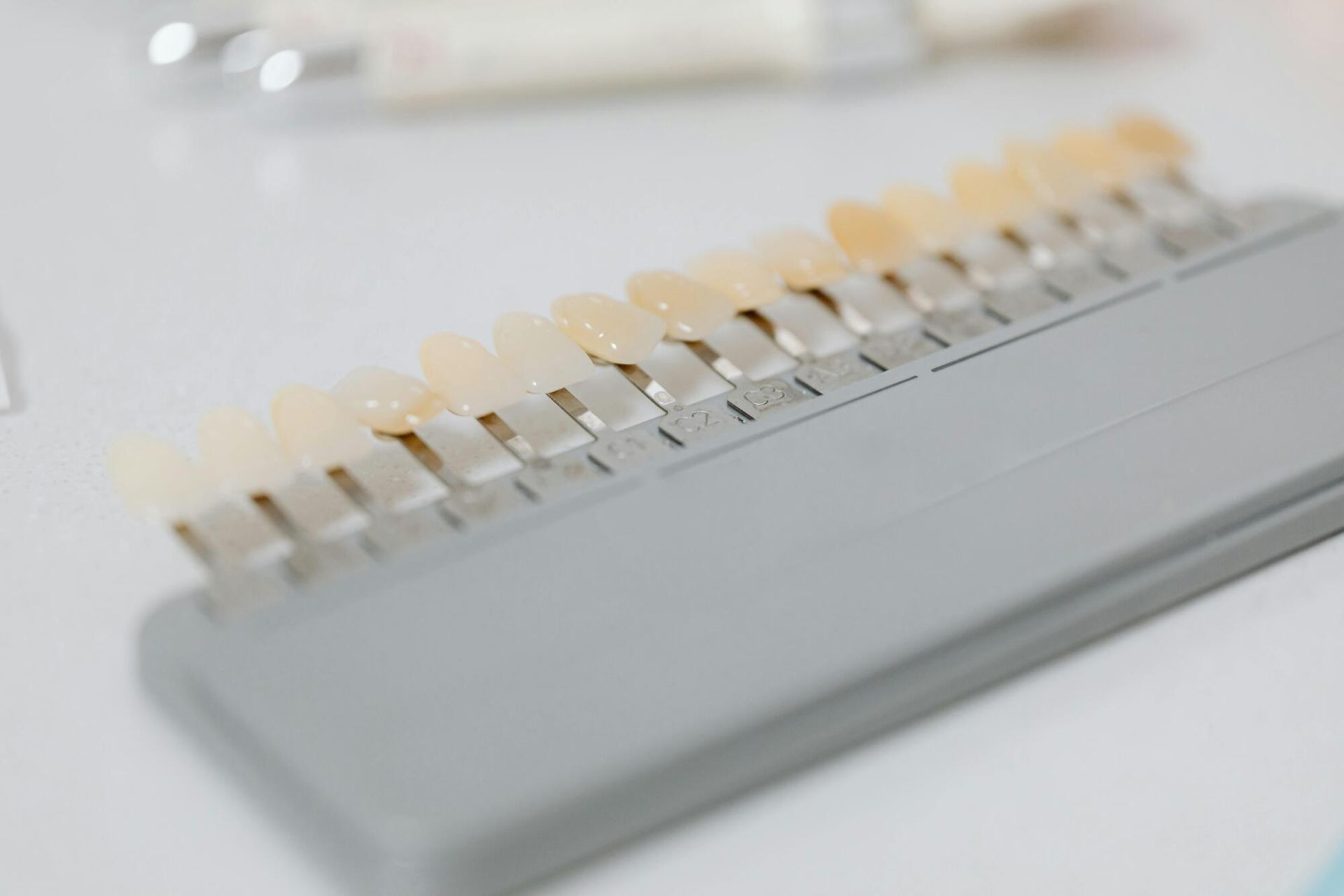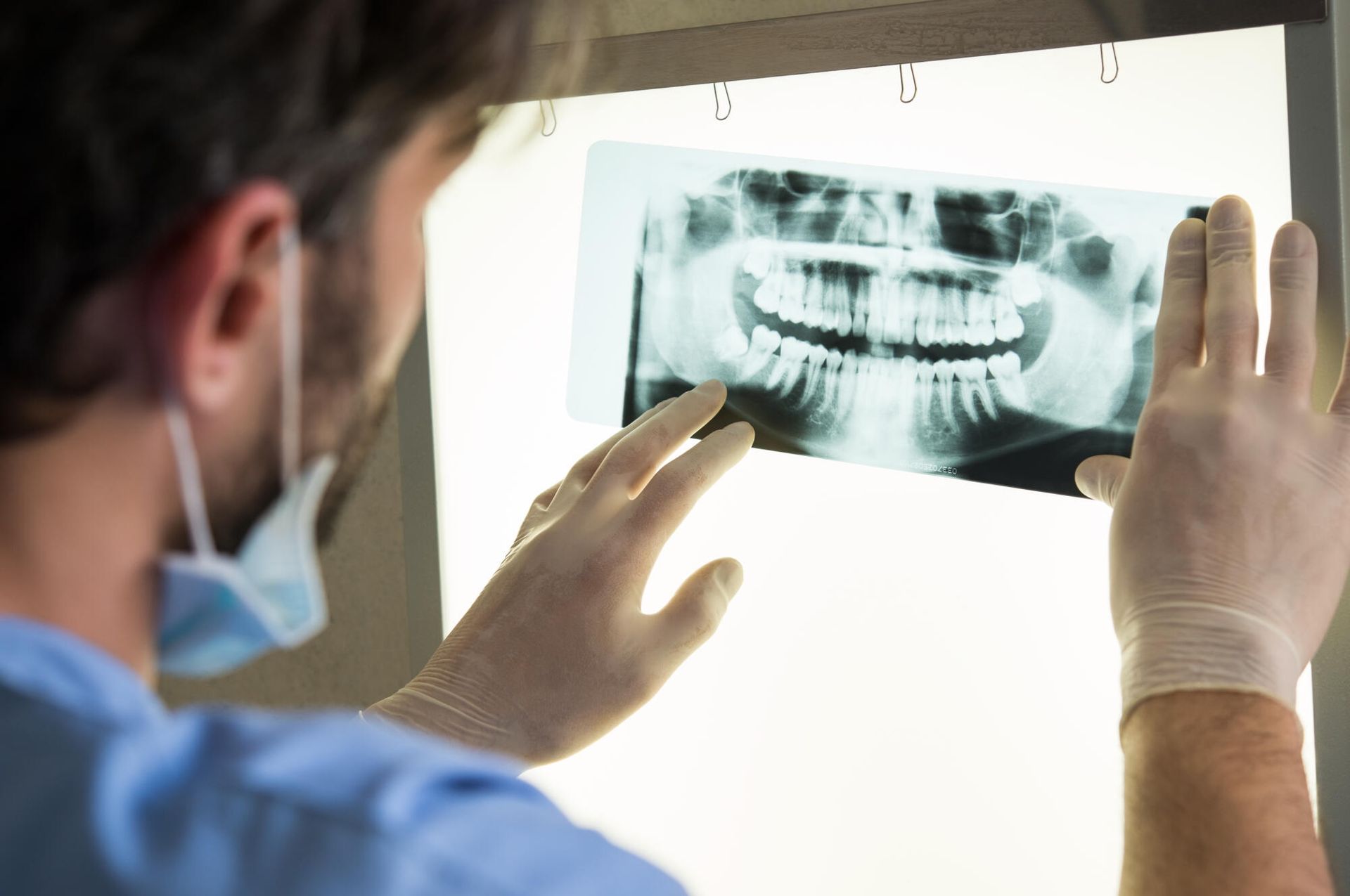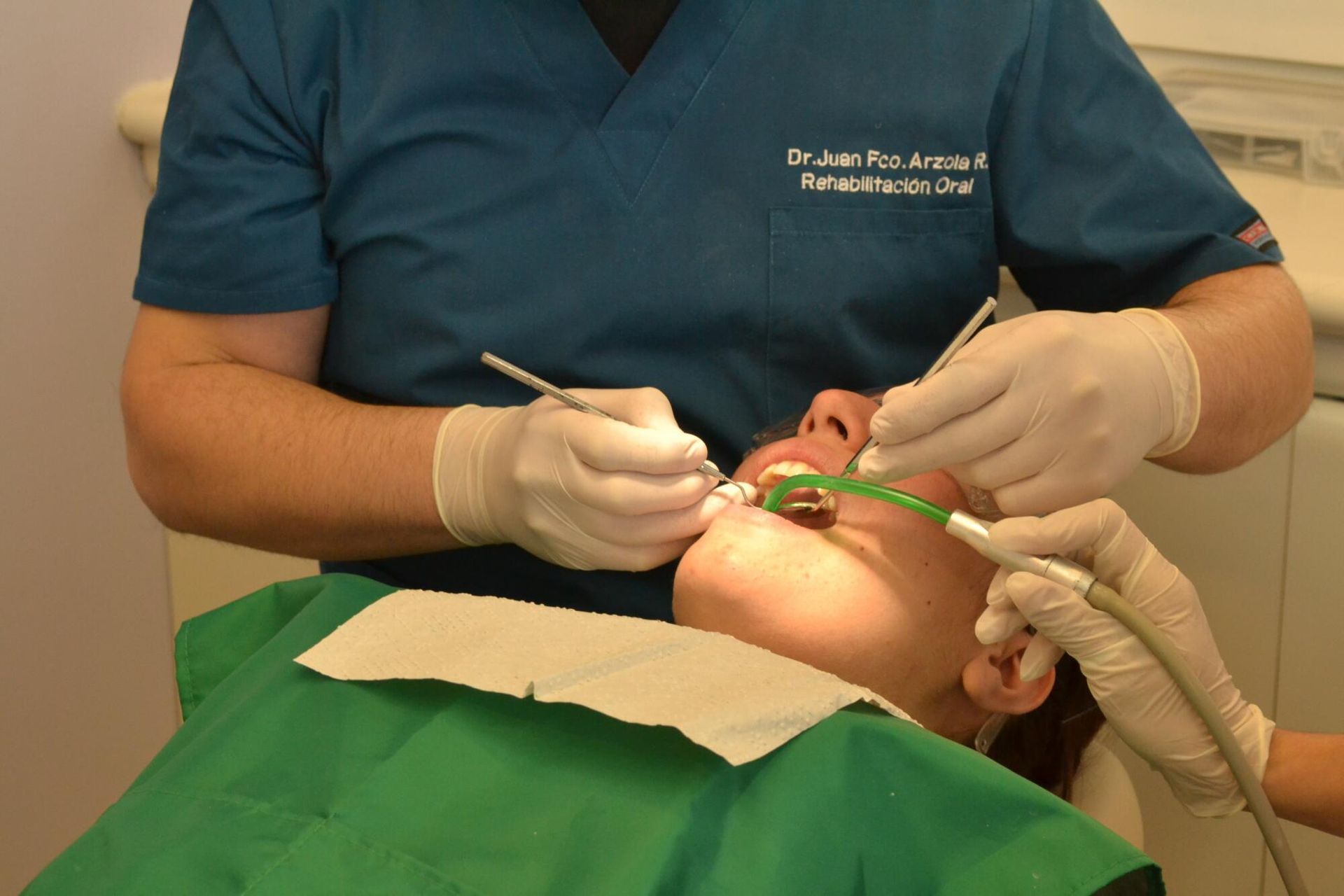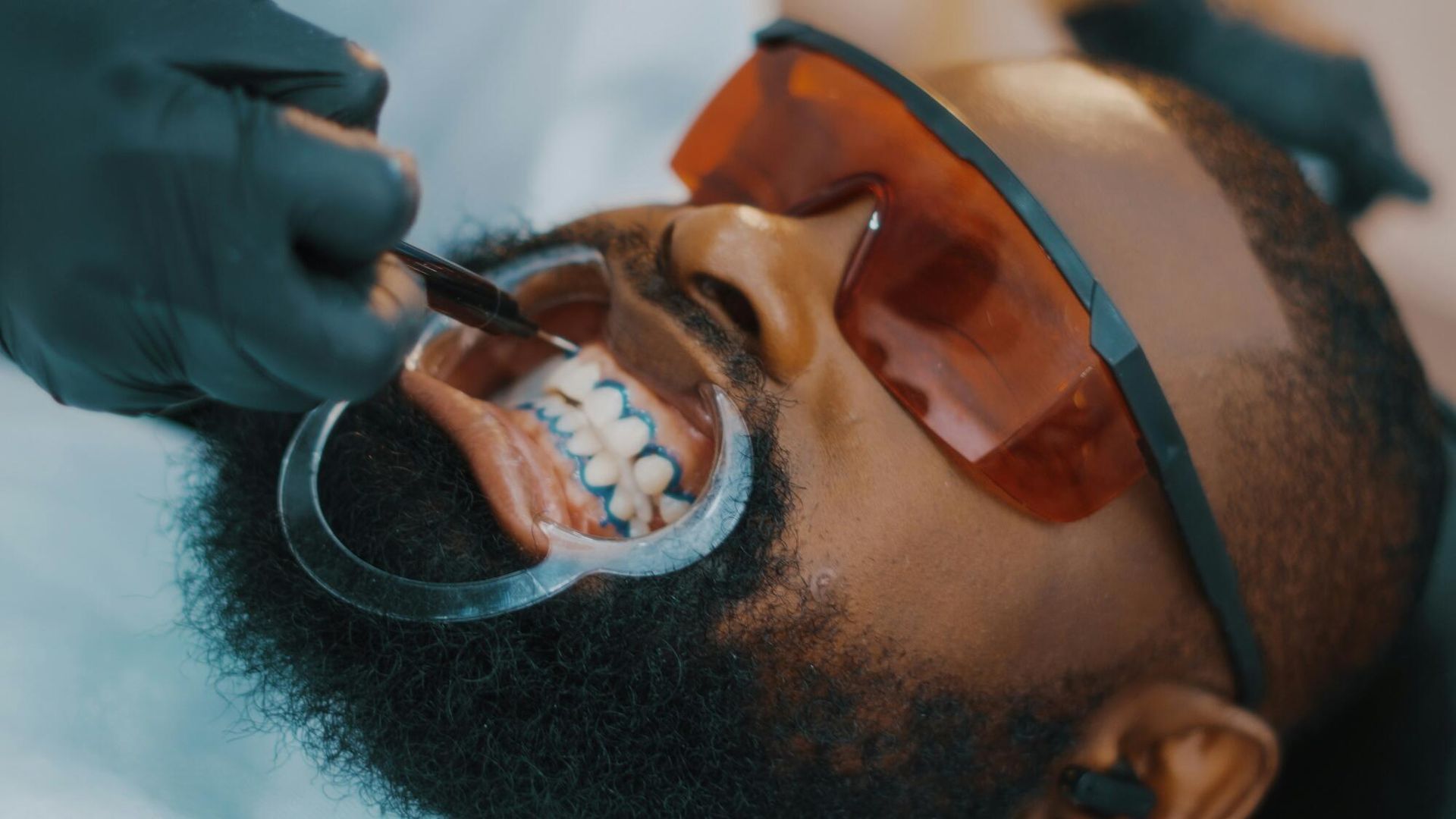Achieving the Perfect Smile: Cosmetic Considerations with Dental Bridges
Dental bridges are one of the most effective ways to restore a complete smile when teeth are missing. At Heather Martinson Family and Cosmetic Dentistry, we craft cosmetic dental bridges that blend seamlessly with your natural smile, function effectively, and promote long-term oral health.
Patients often choose this option because it allows them to chew comfortably, speak clearly, and feel confident in their daily lives. With advanced materials and precise care, dental bridge solutions can blend seamlessly with your natural teeth.
According to the ACP, millions of people live with missing teeth, and the impact goes far beyond appearance. Gaps in your smile can affect your bite, speech, and even the shape of your face. That is why finding the right treatment is so important. Our practice has helped patients in Arlington, TX, restore both function and beauty with personalized cosmetic dental bridges designed to last.
What Are Dental Bridges?
In simple terms, dental bridges are a type of dental restoration used to replace one or more missing teeth. They work by filling the gap with an artificial tooth that is supported by the natural teeth on either side.
These supporting teeth are fitted with crowns, which hold the replacement tooth securely in place. The result is a stable and functional restoration that allows patients to eat, speak, and smile with ease.
There are several types of bridges, each designed to meet different needs. A traditional bridge is the most common and uses crowns on both sides of the gap.
A cantilever bridge, on the other hand, uses a crown on just one side when there is only a single supporting tooth available. Maryland bridges, on the other hand, use a metal or porcelain framework attached to the back of nearby teeth, making them a more conservative option.
Bridges are a trusted solution because they restore function while also maintaining the natural shape and alignment of the mouth.
Cosmetic Benefits of Dental Bridges
One of the main reasons people choose dental bridges is the cosmetic improvement they provide. Missing teeth can affect how a person looks and feels about their smile.
A bridge fills the gap with a natural-looking replacement that blends in with the surrounding teeth. This creates a balanced, complete smile that looks healthier and more attractive. Patients often notice a boost in self-confidence once the restoration is in place.
Bridges are designed to match the color, shape, and size of natural teeth, making the result seamless. Skilled dentists take the time to ensure the restoration complements the patient's features, so it feels like a natural part of their smile.
Beyond aesthetics, bridges also support the facial structure. Gaps in the mouth can sometimes cause the cheeks or lips to look sunken, which may age a person's appearance. By restoring the missing teeth, bridges help maintain a youthful look.
The cosmetic improvements go hand in hand with better oral health, making bridges a reliable option.
What to Expect During the Procedure
Getting a dental bridge is a step-by-step process that typically requires two visits. At Heather Martinson Family and Cosmetic Dentistry, we begin by preparing the teeth that will support the bridge. These teeth are reshaped so they can securely hold the crowns that anchor the bridge in place.
Once this is done, we take impressions of your mouth. These impressions are sent to a dental lab, where your custom bridge is carefully crafted to fit your bite and match the look of your natural teeth.
While waiting for the permanent bridge, patients often receive a temporary one to protect the prepared teeth and maintain appearance. At the second visit, the custom bridge is placed, adjusted for comfort, and then bonded into position. Dr. Martinson and her team take extra care to ensure the fit is precise and the look is seamless.
Patients leave the office with a restored smile that not only looks complete but also functions well. This straightforward procedure helps restore comfort and confidence, making it a smooth and rewarding experience for our patients.
Dental Bridges vs Other Restorative Options
When deciding how to replace missing teeth, it is helpful to compare dental bridges with other restorative options such as dentures and implants.
Bridges are fixed in place, meaning they do not need to be removed like dentures, which makes them more stable and natural feeling during daily activities such as eating and speaking. They also tend to be more affordable than implants, making them a practical choice for many patients.
Dentures, while cost-effective, may shift or cause discomfort if not fitted properly. They also require more daily maintenance since they need to be taken out and cleaned.
Implants, on the other hand, are a long-term solution that replaces both the tooth and root, offering excellent durability. However, they are usually more expensive and require a longer treatment process, including surgery.
At Heather Martinson Family and Cosmetic Dentistry, we guide patients through these choices, helping them weigh comfort, cost, and long-term results. For many, bridges strike the perfect balance between function, appearance, and affordability.
Caring for Your Dental Bridge
Taking care of a dental bridge is similar to caring for your natural teeth, but with a few added steps to ensure long-term success. Good oral hygiene is essential because the teeth supporting the bridge are still vulnerable to decay and gum disease. Brushing twice a day with fluoride toothpaste helps remove plaque and food particles that can build up around the bridge.
Flossing is also important, but it requires a slightly different approach.Special floss threaders or interdental brushes allow you to clean underneath the bridge where a toothbrush cannot reach. This helps keep the gums healthy and prevents bacteria from collecting around the supporting teeth.
Regular dental check-ups and professional cleanings are another part of bridge care. These visits allow your dentist to:
- Check the stability of the bridge
- Monitor surrounding teeth
- Address any issues early
With consistent daily care and attention, a dental bridge can last many years, maintaining both the appearance and function of your smile.
Frequently Asked Questions
How Long Do Dental Bridges Last?
Dental bridges are designed to be durable and can last anywhere from 5 to 15 years with proper care. Their lifespan depends on:
- Daily oral hygiene habits
- Diet
- Regular dental visits
Patients who consistently brush and floss, along with attending routine cleanings, often enjoy their bridges for much longer.
Do Dental Bridges Look Natural?
Yes, modern dental bridges are crafted to blend seamlessly with natural teeth. The materials used, such as porcelain or ceramic, are color-matched to your smile.
Once placed, most people cannot tell the difference between the bridge and natural teeth. The result is a restored smile that feels and looks natural.
Are Dental Bridges Comfortable?
It may take a short time to adjust after receiving a dental bridge, but they are generally very comfortable. Unlike dentures, bridges are fixed in place, so there is no slipping or movement when speaking or chewing. Any minor discomfort usually fades as your mouth adapts to the new restoration.
What Is the Difference Between a Bridge and a Crown?
A crown is used to cover a single damaged tooth, restoring its strength and shape. A bridge, however, is designed to replace one or more missing teeth by anchoring to the natural teeth on either side of the gap.
While both use crowns, bridges involve a combination of crowns and false teeth to complete the restoration.
Can I Eat Normally With a Dental Bridge?
Yes, once you have fully adjusted, eating with a dental bridge feels very similar to eating with natural teeth. At first, it is best to avoid very sticky or hard foods until you feel comfortable. Over time, most patients can return to a normal diet without restrictions.
How Much Do Dental Bridges Cost?
The cost of a dental bridge varies depending on the materials used, the number of teeth being replaced, and the complexity of the case. Insurance may cover part of the expense, especially when the bridge is needed for health reasons. A dentist can provide a detailed estimate after an exam.
How Do I Know if a Dental Bridge Is Right for Me?
The best candidates for dental bridges are patients with one or more missing teeth and healthy teeth on either side of the gap. A dentist will examine your overall oral health to ensure that a bridge is a stable and lasting solution for your needs.
Achieving the Perfect Smile With Us
In summary, dental bridges are a reliable and effective solution for replacing missing teeth while restoring both function and aesthetics. As part of cosmetic dentistry procedures, they can help you achieve a confident, natural-looking smile that complements your overall oral health.
Whether you are dealing with one missing tooth or multiple gaps, dental bridges provide stability and long-lasting results when cared for properly. At Heather Martinson Family and Cosmetic Dentistry, we prioritize personalized care to ensure your smile looks its best and feels comfortable. Our team will guide you through every step, from consultation to placement and follow-up.
If you are ready to explore your options and enhance your smile with dental bridges, schedule an appointment and experience the benefits of expert procedures tailored to your needs.
Dr. Heather E. Martinson
